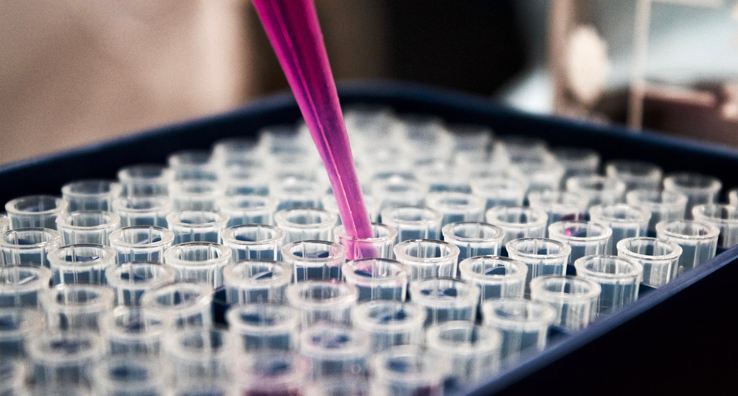Pharmaceutical Technology article January 2017 - Characterization and Impurity Analysis of Oligonucleotide Therapeutics
Intertek’s Ashleigh Wake, Director, Biological Services, has contributed an article highlighting how the advancement in analytical characterisation techniques has supported the recent resurgence in oligonucleotide therapeutics, amongst other factors.
This class of therapeutics is currently experiencing a renewed level of interest and success with three antisense drugs approved for use in the United States (as of September 2016) and over 140 clinical programs recorded on ClinicalTrials.Gov. The article covers the characterization and impurity analysis of oligonucleotide therapeutics and looks specifically at the analytics required to support product registration, in particular, looking at identity, purity, quality and strength.
The discussion includes a description of the techniques that can be applied to determine the oligonucleotide structure and sequence, physicochemical properties, assay and impurities. Advanced mass spectrometry is an important technique as it plays an important role in intricacies of oligo-therapeutic analysis – for example - where nucleosides, differing by only 1 mass unit (such as cytidine monophosphate, (CMP) and uridine monophosphate (UMP)) or isobaric nucleosides (same mass) present challenges regarding differentiating between species.
A wide range of techniques are required to achieve oligonucleotide characterisation. To accurately understand modified nucleoside linkages, for example, anion exchange-high performance liquid chromatography (SAX-HPLC) and nuclear magnetic resonance spectroscopy (NMR), specifically 13P NMR, can be applied to yield powerful data. The melt temperature (Tm) is considered a critical quality attribute (the temperature at which a double-stranded oligo denatures and separates into two single strands), and can be determined by nuclear magnetic resonance spectroscopy (NMR) or circular dichroism (CD). Chain length can be determined through either SAX-HPLC or capillary gel electrophoresis (CGE); however, each technique brings specific advantages/disadvantages across factors such as technique resolution, reproducibility, and sample loading.
The article was published in the January 2017 edition of Pharmaceutical Technology, Volume 41, Issue 1, pg 30-33
Meet our expert: Ashleigh Wake, Director, Biological Services, Intertek Pharmaceutical Services
Ashleigh Wake is the Director of Biological Services at Intertek Pharmaceutical Services. Ashleigh graduated from Huddersfield University (West Yorkshire, England) with a B.Sc. in Analytical Chemistry and joined Zeneca as Biotransformation Chemist followed by technical and operational management roles with AstraZeneca and Syngenta before joining Intertek. She has a background in mass spectrometry and a career of almost two decades as an operational/technical team leader and study director for projects spanning the drug development process (including metabolism, PK studies and API/product characterization, CMC support analytics and ICH stability studies). Ashleigh has specialized in the design and delivery of regulatory (GXP) studies relating to the physiochemical and biological activity of biomolecules including oligonucleotides, proteins and mAbs and is currently responsible for the strategic growth and technical direction of Intertek’s GMP compliant centre of excellence for biologics characterization in Manchester, UK.
Contact Ashleigh with your questions.

